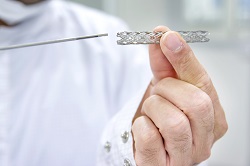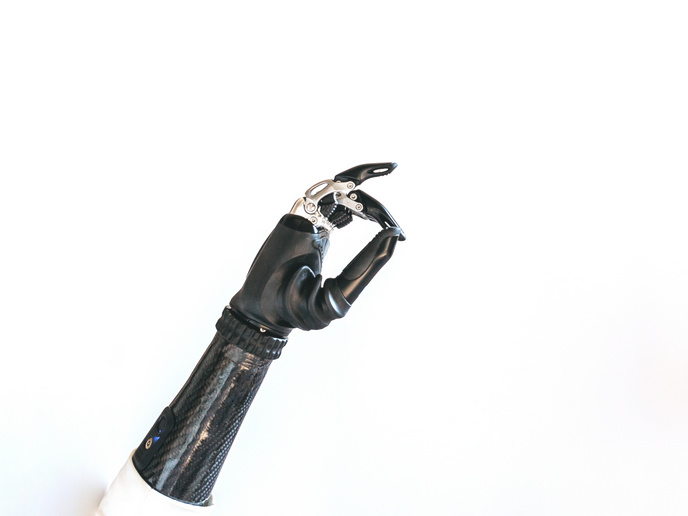Antibodies made into cardiovascular stents
Coronary artery disease statistics are frightening: two million deaths per year in Europe, 30 % of patients re-hospitalised within a year, and an overall cost of EUR 192 billion/year to the EU economy. Although angioplasty can keep the blood flowing and the artery from narrowing again, the EPICSTENT team believes that current bare metal stents (BMS) and drug-eluting stents (DES) techniques could be topped by bringing together the brains of experts across Europe. ‘Very often, experts in fields such as materials science, engineering and medicine work in isolation to solve problems that would be better addressed together. This project enabled us to bridge some of these gaps: We assembled an excellent group of researchers with synergistic expertise in materials science, protein engineering, interventional cardiology and manufacturing,’ explains Dr Gerard Wall, Head of Microbiology at NUI Galway and coordinator of EPICSTENT. In total, 16 researchers received training in state-of-the-art techniques in protein engineering, materials science and medical devices production and analysis. Besides fostering exchange of knowledge and creating a new pool of specialised researchers, the project specifically aimed to develop a biomimetic cardiovascular stent prototype. The team proceeded first by cloning recombinant antigens surfaced-exposed on endothelial or precursor endothelial cells and expressing them in E. coli – bacteria commonly found in the lower intestine. Purified proteins were then used to isolate antibody single-chain variable fragments (scFvs) that bind endothelial cells from a human antibody fragment library. Finally, following affinity ranking, lead scFvs were engineered to contain glycan for covalent, oriented attachment to TiO2-coated stent materials. Dr Wall says that the decision to focus on cardiovascular stents became obvious in the face of limitations of current technologies and the pooled expertise of the project team to overcome these limitations. ‘We use human antibodies in our biofunctionalised stent in order to avoid potential immunogenicity issues. We have also engineered both the antibodies and the stent surface to achieve more stable, long term attachment of the antibodies to the stent surface and better capture of the target cells,’ he explains. Tests in-vitro showed no cytotoxicity. Sterilisation techniques were established for the biofunctionalised stents, and commercial stents were produced and coated with the antibodies for improved cell capture and reduced thrombosis in vivo. The resulting stent prototype has the potential to improve on current best clinical practice. ‘Our goal is to finalise development and place this product on the market,’ Dr Wall enthuses. ‘We expect that it will lead to better clinical performance for a subset of patients with cardiovascular disease through reduced stenosis, leading to fewer re-hospitalisation events and improved patient outcomes.’ Now that the project is completed, partners are continuing to carry out research to develop and validate the clinical product. Dr Wall says that animal trials will be conducted shortly as a prelude to moving into studies with patients.
Keywords
EPICSTENT, cardiovascular stent, antibodies, angioplasty, stent prototype, CAD, coronary artery disease







